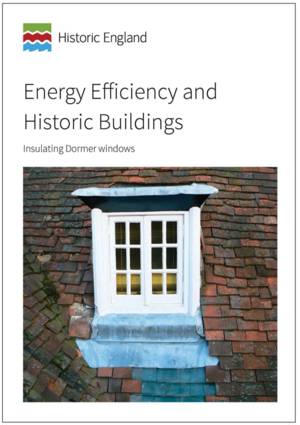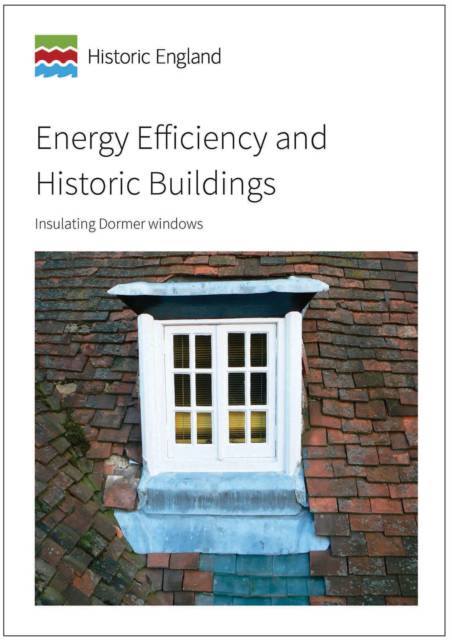
- Retrait gratuit dans votre magasin Club
- 7.000.000 titres dans notre catalogue
- Payer en toute sécurité
- Toujours un magasin près de chez vous
- Retrait gratuit dans votre magasin Club
- 7.000.0000 titres dans notre catalogue
- Payer en toute sécurité
- Toujours un magasin près de chez vous
13,95 €
+ 27 points
Format
Description
This guidance note provides advice on the principles, risks, materials and methods for insulating dormer windows. Dormers come in a large variety of shapes, sizes and materials and can be a particularly difficult element to insulate. However, if insulation is omitted or is poorly detailed then the energy performance of the whole roof can be compromised. Retro-fitting insulation to any existing building is not straightforward, even if it is of relatively recent construction.
Considerable ingenuity and attention to detail is required to ensure that the insulation is installed effectively at every awkward junction and gap. Solutions will normally need to be designed for each situation and professional advice will often be required. This guidance discusses approaches to these challenges in general terms, it cannot advocate standard solutions because of the complexities involved in individual situations. Ideally the upgrading of dormer windows should, wherever possible, be undertaken in conjunction with general roof upgrading work. Dormer windows can be a very prominent and significant feature of many historic buildings and changes in their proportion or external detailing should be avoided in any upgrading. This is particularly important if their design reflects that of other windows on the building or of matching dormer windows in neighbouring buildings. For listed buildings and those in conservation areas, the addition of insulation to dormers should be discussed in advance with the local planning authority, particularly if there are likely to be any changes in appearance. This guidance forms one of a series of thirteen guidance notes covering the thermal upgrading of building elements such as roofs, walls and floors. This guidance should be read in conjunction with two other guidance notes in this series: Insulating Pitched Roofs at Rafter Level and Insulating Pitched Roofs at Ceiling Level.Spécifications
Parties prenantes
- Auteur(s) :
- Editeur:
Contenu
- Nombre de pages :
- 20
- Langue:
- Anglais
- Collection :
Caractéristiques
- EAN:
- 9781848024380
- Date de parution :
- 29-04-16
- Format:
- Livre broché
- Format numérique:
- Trade paperback (VS)
- Dimensions :
- 210 mm x 297 mm

Les avis
Nous publions uniquement les avis qui respectent les conditions requises. Consultez nos conditions pour les avis.






